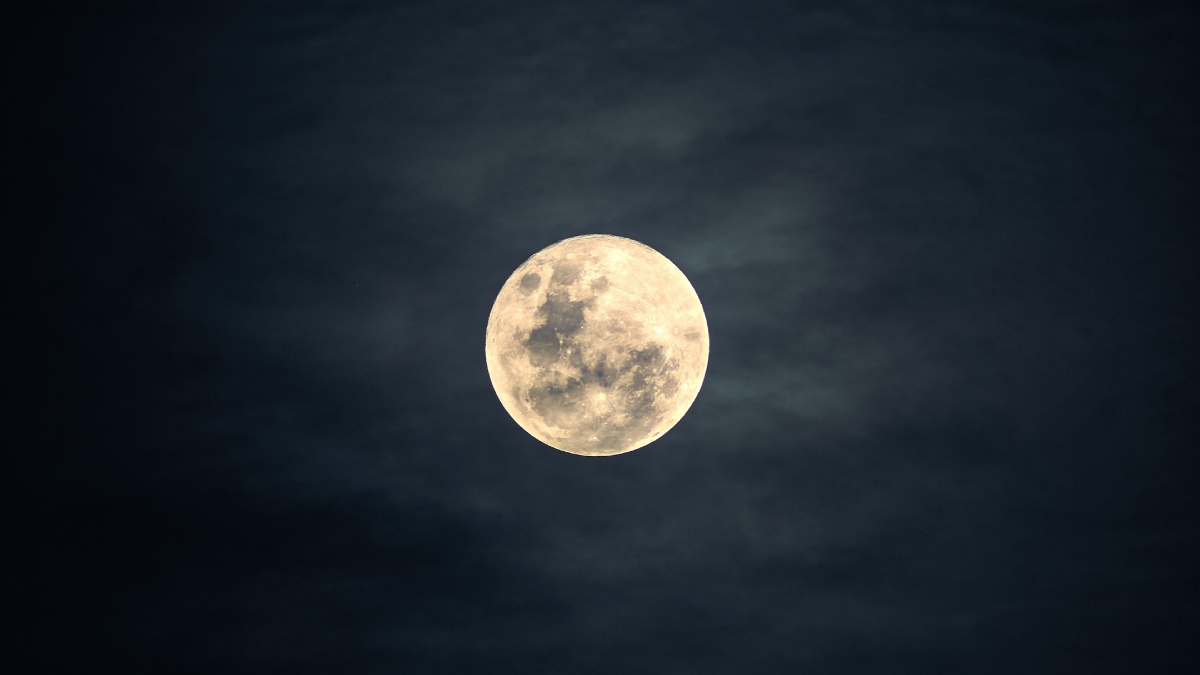This year, residents of the UAE are in for an exceptional celestial treat. The brightest and most significant supermoon of 2023 will rise as a Blue Moon on August 31, marking a truly rare astronomical event.
A Blue Moon refers to the occurrence of two full Moons in one calendar month, whereas a supermoon happens when the Moon is at its closest point to Earth, known as the perigee.
This month, spectators will experience the unique combination of both, termed a Super Blue Moon.
Interestingly, this will be the second supermoon of August 2023, with the first one gracing the skies on August 1.
But just how rare is a Super Blue Moon? As per NASA’s data, while supermoons grace our skies three to four times annually, Blue Moons are much rarer.
“Only 3% of full Moons are Blue Moons, though about 25% qualify as supermoons,” states the space agency. On average, a Super Blue Moon can be seen every decade, but gaps of up to 20 years are not unheard of.
The subsequent pair of Super Blue Moons is predicted for January and March 2037.
For optimal viewing, the Moon will naturally appear luminous and enlarged irrespective of location. However, for those with telescopes, darker regions like the desert might offer an enhanced experience.
Moreover, for a more structured viewing, numerous paid events are being hosted across the UAE. Specifically, the Dubai Astronomy Group has organized a Blue Moon observation event at the Al Thuraya Astronomy Centre, with adult ticket prices commencing at Dh60.
For those unfamiliar, the term supermoon arises from the Moon’s elliptical orbit around Earth.
When the Moon is at its perigee, its closest point, and is full, it appears significantly larger to observers on Earth. And as for the Blue Moon, despite the name, the Moon remains its typical color.
The title stems from the Moon’s cycle, which is roughly 29.5 days, occasionally resulting in two full moons in one month. While the name might suggest a color change, the Dubai Astronomy Group clarifies that the Moon remains its standard hue.
However, NASA mentions that in rare scenarios, air particles like smoke or dust can scatter red light wavelengths, lending the Moon a bluish appearance.






